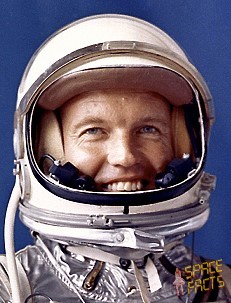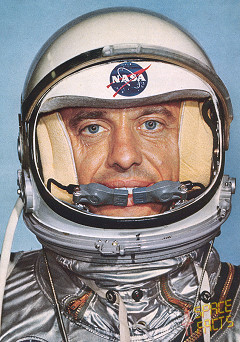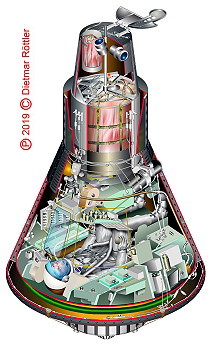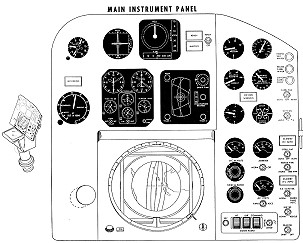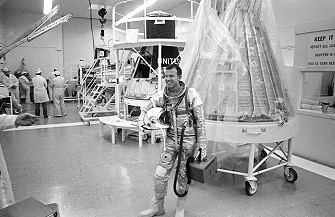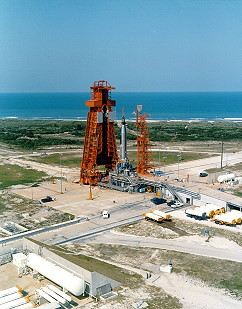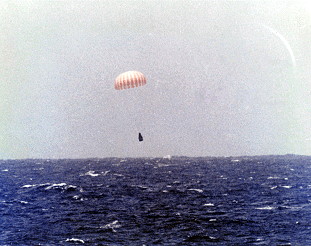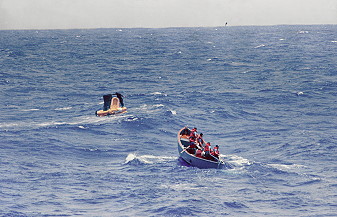Launch from Cape Canaveral and landing 130 km
southeast of the Midway Islands in the Pacific Ocean.
This
final
mission of the
Mercury program should last more than all the
other
NASA spaceflights before. The primary objectives of
this mission were to evaluate the effects of a longer stay in space on man and
to verify man as the primary spacecraft system. All in all, Gordon
Cooper performed 11 experiments including deploying of a mini
satellite (4.5 kg) for reflection experiments and testing radiation
measurements. It was the first time, a satellite was deployed by a manned
spacecraft. During the mission Gordon
Cooper became the first American astronaut to sleep in orbit.
He made several photos and was able to see roads, rivers, small villages, and
even individual houses if the lighting and background conditions were right.
High over the highest plateau on Earth, the Tibetan highlands, where the air is
thin and visibility is seldom obscured by haze, Gordon
Cooper thought he could even judge speed and direction of
ground winds by the smoke from the house chimneys. He also broadcasted slow
scan black and white television pictures to the ground. The picture showed a
ghostly image of the astronaut.
But during the 19
th orbit
things got more and more wrong. Gordon
Cooper quote: Well, things are beginning to stack up a
little.
ASCS inverter is acting up. And my CO
2 is
building up in the suit. Partial pressure of 0
2 is decreasing in the
cabin. Standby inverter won't come on the line. Other than that, things are
fine. That shows how cool Gordon
Cooper acted. It started with a faulty indicator and ended
short time later with the loss of all attitude readings. The 21
st
orbit saw a short-circuit occur in the bus bar serving the 250-volt main
inverter. This left the automatic stabilization and control system without
electric power. Then Gordon
Cooper noted that the carbon dioxide level was rising in the
cabin and in his spacesuit, but Gordon
Cooper remained still cool, calm and collected.
So,
the reentry could not be made automatically, but the astronaut was able to
manually guide the spacecraft to a pinpoint landing near the recovery ship
USS
Kearsarge. It was the first complete manual reentry in space history.
![]()

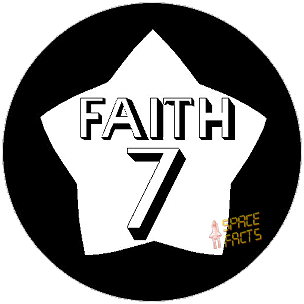
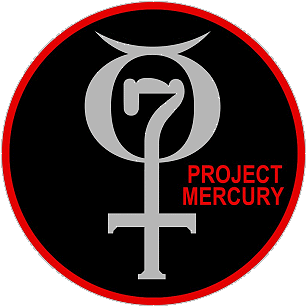
![]()
